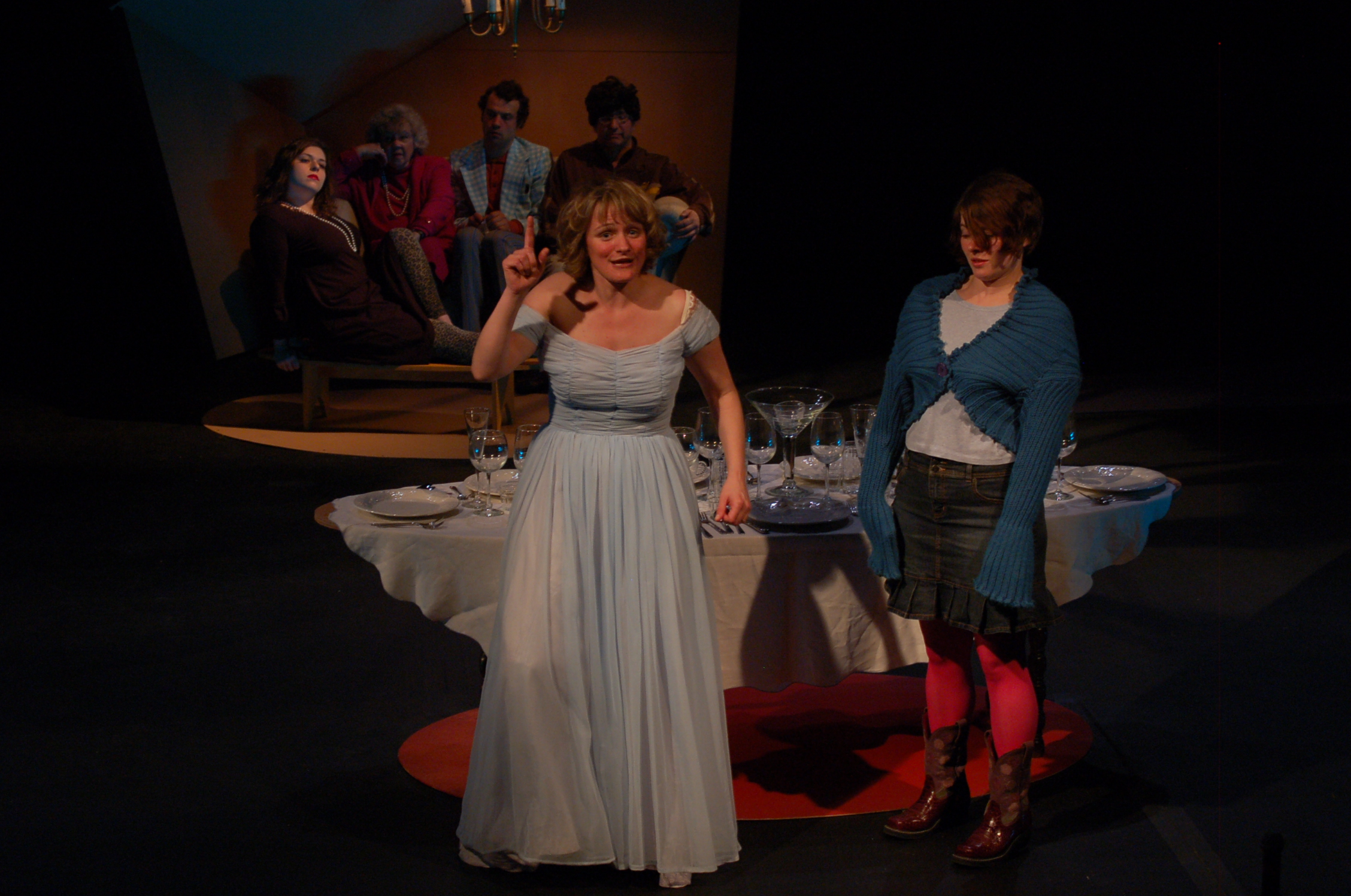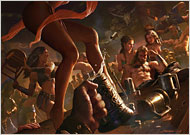 We are SO species-centric. It’s all about US, homo sapiens, and when it’s not about ALL of us, it’s about our specific, little cultural norms. The buzzing you hear in our cognitive apparatus? We’re it. Buzz. Buzz. More buzz.
We are SO species-centric. It’s all about US, homo sapiens, and when it’s not about ALL of us, it’s about our specific, little cultural norms. The buzzing you hear in our cognitive apparatus? We’re it. Buzz. Buzz. More buzz.
I’m referring particularly to the Discovery.com post entitled “Dumb Flies Live Longer Than Clever Ones.” The key finding of the University of Lausanne study: “negative correlation between an improvement in a fly’s mental capacity and its longevity”. And what was the “improvement” in the fly’s mental capacity? Why, a course of study, Pavlovian in design, that “taught” the flies to connect certain smells with food. The life loss was significant. Natural flies live 80-85 days; the smart flies only 50-60.
The researchers accounted for the lifespan deficit with an obvious, to them, conclusion — that increased neuronal activity drained their life-support systems. Not so fast Swiss scientists! What about the Pavlovian training itself? The rewards and punishments. Learning “unhelpful” connections. The sheer fly confusion. The sheer fly coercion. That takes its toll — ask any high school student — and by itself could account for early death. I’m only half-joking.
Mahler 9 Not to be Art Scatter-centric or unduly self-referential or too much like a Swiss scientist, but we read with interest a recent review in the New York Times of Mahler’s Ninth Symphony by critic Anthony Tommasini and noted that he had not taken to heart our own musings on the limitations of connecting biography to music. Frankly, I just don’t see what Tommasini has added to the discussion other than that he was pleased that Lorin Maazel’s clear or “Apollonian” approach seemed to work just fine with such “intense and transcendent” music. He spends most of the article rehashing the upsets in Mahler’s life at the time he composed the symphony and converting that biography into quasi-musical description: He imagines Mahler by turns gazing into the abyss with resignation and then sneering at death — in the music. I maintain that this is simply silly: Point to me the moment that you think he’s sneering at death and I will come up with an equally colorful, biographical and unprovable “explanation”: He awoke from his nap with a crick in his neck, for example. OK, maybe not colorful exactly. Or poetic. But it may be every bit as true as the “sneering at death” line.
94 in 4 To keep to our Scatter-centric theme: Our very unofficial record-keeping system at Art Scatter has revealed that we have been in existence something on the order of 4 months and we’ve formulated 94 posts. We’ve been SO busy! (Admittedly, some of these posts were merely stating the obvious: Hey, the server was down!) We’ve gotten lots of response, much of it positive (thank you!), and that has kept us bent to our chores. Is it possible to do somewhat longer, free-ranging “takes” on the web and find willing readers? Are we the right “Swiss scientists” to conduct the experiment? So far, the answers would be, in order, “yes” and “I dunno…maybe”. At any rate, we’ll keep at it this summer, though perhaps not at the same rate due to vacations, weddings, new grandchildren, anniversaries, grilling catastrophes, and other transitions. Stay tuned!





